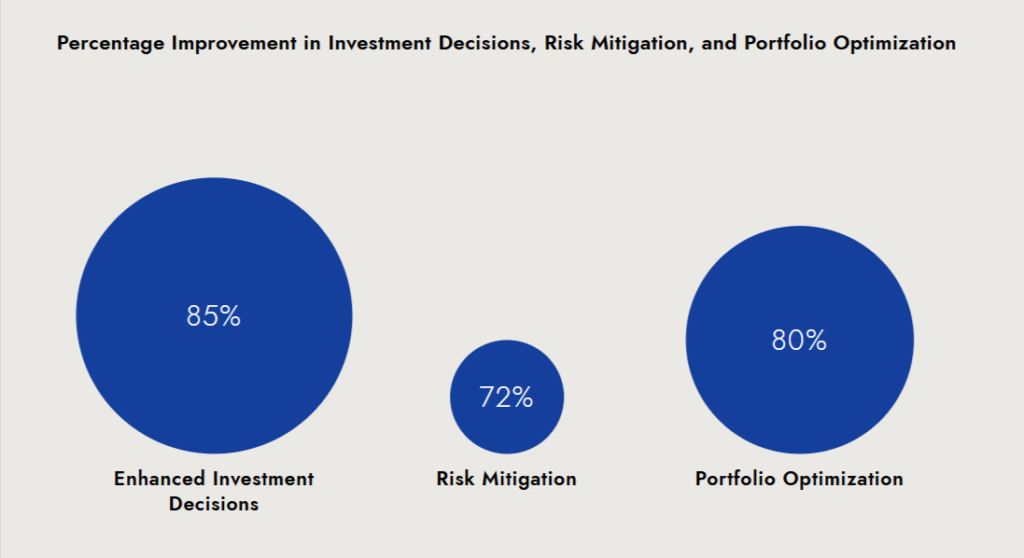With the rise of firmographic data as a major source of competitive intelligence, it can now be easily identifiable and assist in achieving strategic business decisions. In the modern world, a data centric approach is the most sought after path to success and firmographic data has emerged as a strong contender.
This article takes a look at how firmographic data can be leveraged to perform a better competitive analysis or even enhance segmentation analysis for clients and help investors and market intelligence work with more active information. Moreover, we will discuss ways to combine recruiting database to firmographic data sources more creatively.
What is Firmographic Data?
Every business possesses certain traits that when collected together form their firmographic data. This type of data allows market analysis through study of business characteristics, their market presence and operational strategies. Firmographic data is composed of :
- Industry: Defines the sector/domain a company operates in.
- Company Size: Refers to employee headcount and revenue scales.
- Geographic Location: Indicates a regional or global footprint.
- Growth Metrics: Quantifies year-on-year revenue growth or employee expansion.
- Ownership and Structure: Differentiates between public/private of an organization and outlines the hierarchy.
Specific data points such as firmographic data allows a business to create a structure of their target audience and competitors, thus enabling them to devise strategies which are best suited for the given market.
Why Firmographic Data is Essential in Competitive Markets?
Examining firmographics provides insight into the competitive structure of the market. This data is useful for:
1. Pinpointing Market Leaders and Emerging Competitors
Firmographic data reveals which companies dominate a market and which new entrants are making waves. By studying firm sizes, revenue trajectories, and industry positioning, businesses can benchmark themselves effectively.
2. Identifying Operational Gaps
Understanding competitors’ strengths and weaknesses is crucial. Firmographic insights can identify areas where competitors are excelling—or failing—such as untapped geographies or underserved customer segments.
3. Assessing Market Saturation
Analyzing firm density within a specific region or sector helps businesses gauge market saturation and decide whether entering that market would be feasible.
How Recruiting Databases Enhance Market Analysis Strategies?
Recruiting databases reserved for future employment that depends on firmographics brings in new ways to look at competitors and markets. Here are some examples:
1. Labor Mobility
Tracking the hiring activity allows the competition to understand where one’s competitors are focusing their business. For instance, if many positions for data science are available at a firm, it is likely that the company is investing in AI solutions.
2. Geographical Expansion Trends
Analyzing job postings across regions can highlight where competitors are expanding or consolidating operations.
3. Benchmarking Employee Profiles
Knowing the structure of the workforce is important in knowing the skills and qualifications that are available in the competing firms and hence, knowing what talents to acquire.
Top Firmographic Data Sources for Gaining Competitive Insights
A 360 view of firmographic data is only possible when there are good sources of information. Some of the leading firmographic sources are listed below:
1. Proprietary Databases
Platforms like Dun & Bradstreet and LinkedIn offer detailed datasets on organizational characteristics, market activities, and workforce trends.
2. Industry Reports
Market research firms provide sector-specific firmographic insights that can be invaluable for niche market analyses.
3. Recruitment Platforms
Tools like JobsPikr aggregate firmographic and recruitment data, offering a dual advantage of market intelligence and workforce trends.
4. Government Publications
Public records and economic surveys often include firm-level data that supports competitor benchmarking.
How to Effectively Integrate Firmographic Data into Your Business Plan?

1. Set Strategic Objectives
Establish whether the priority is around capturing new markets, expanding the portfolio, or streamlining processes. These objectives will determine the collection and processing of firmographic data.
2. Aggregate Multi-Source Data
Merge information from firmographic databases, recruitment sites, and internal CRM systems for comprehensive datasets.
3. Implement Predictive Analysis
Utilize AI and machine learning to scrutinize earlier patterns and estimate market trends, competitive actions, or changes in the industry.
4. Integrate Dashboards
Utilize graphics software to provide stakeholders access to real time information derived from firmographic data and facilitate timely decisions.
Key Benefits of Firmographic Data for Investors and Market Analysts
For investors and market intelligence teams, firmographic data offers unique advantages:
- Enhanced Investment Decisions: By understanding market leaders and high-growth firms, investors can identify lucrative opportunities.
- Risk Mitigation: Firm-level data highlights risks such as market saturation or declining growth metrics.
- Portfolio Optimization: Insights into firmographic trends help balance investment portfolios by targeting industries or regions with high potential.

Future of Firmographic Data in Competitive Analysis: What’s Next?
As more companies adopt data as their primary decision-making tool, the firmographic data landscape will change. A few future developments include:
- AI-Driven Insights
AI will refine firmographic analysis by identifying hidden correlations and offering actionable recommendations faster. - Dynamic Data Integration
Real-time updates from IoT devices, economic indices, and recruitment platforms will make firmographic data more dynamic and contextually relevant. - Hyper-Personalization
Businesses will use firmographic insights to deliver highly customized solutions for specific customer or market segments.
Conclusion
Firmographic data is extremely useful in competitive analysis, customer engagement, and business development. The combination of this data with tools such as recruiting databases advance market competitiveness and bring new business insights.Take the next step in leveraging firmographic data to elevate your business strategies. Sign up on JobsPikr today and access powerful insights tailored to your industry and needs.



